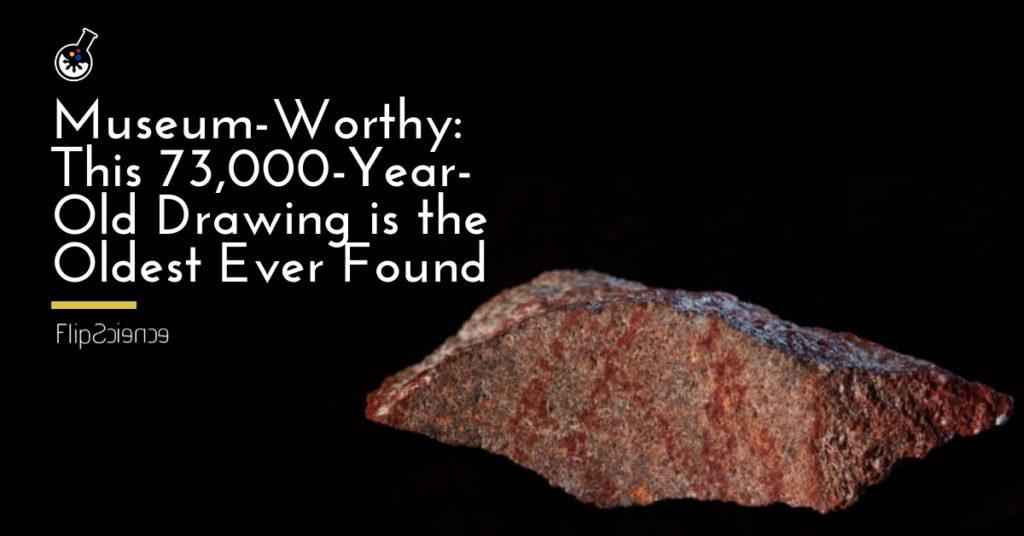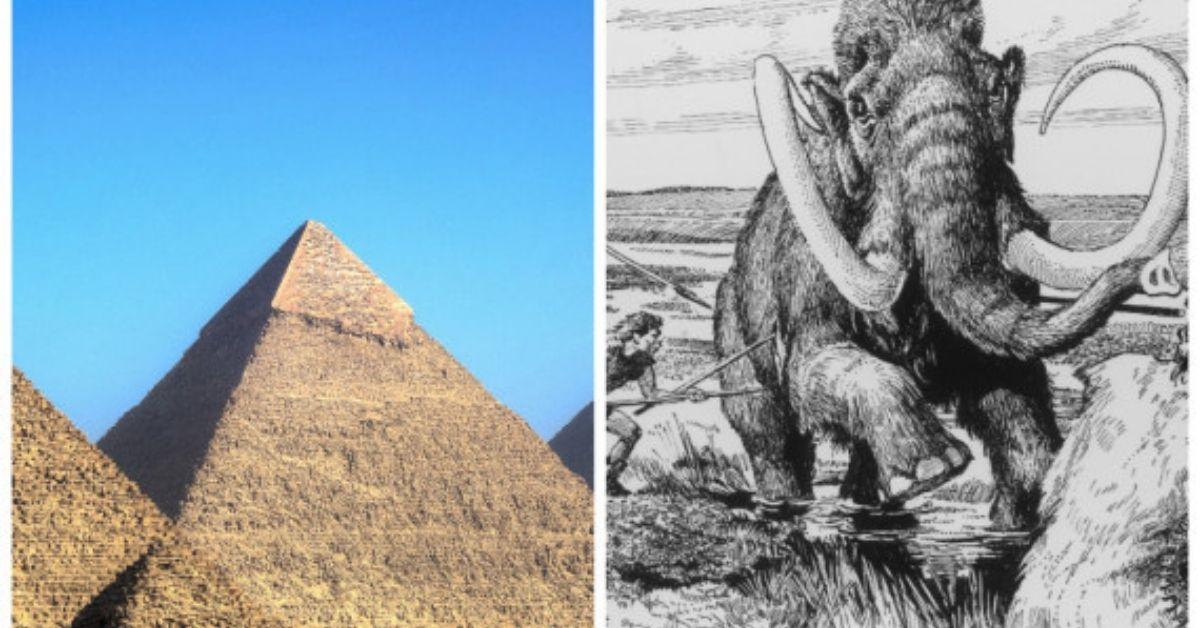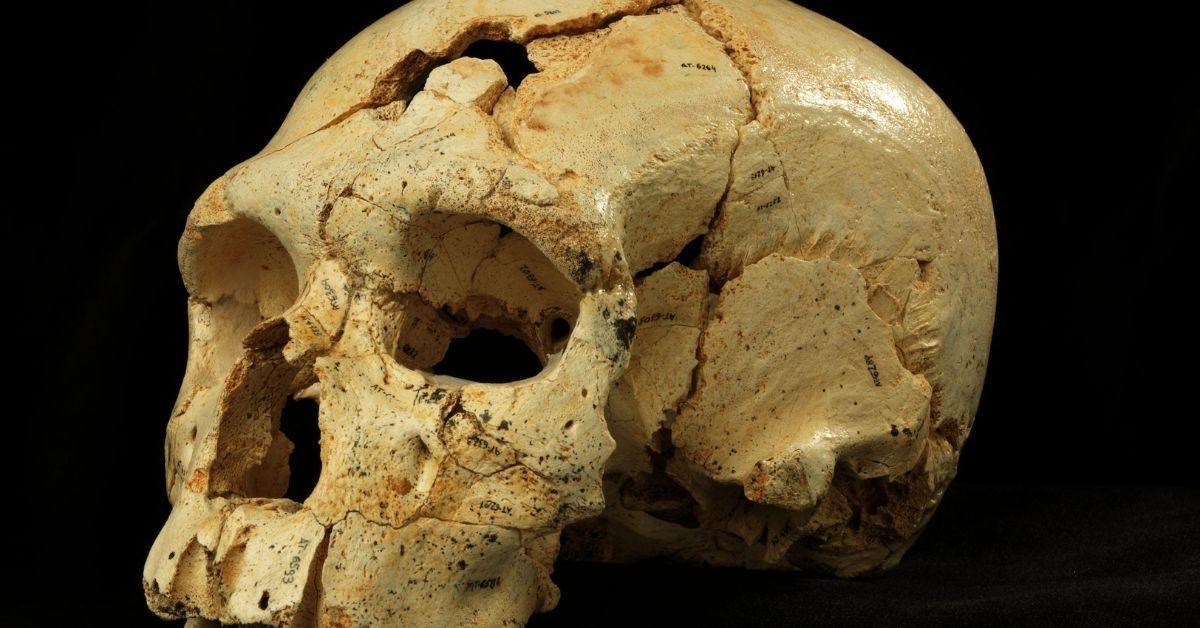Ever feel like you’re such a terrible artist? If your sketches had been 73,000 years earlier, they could have earned a spot in the National Museum of Natural History.
A recently published study in Nature revealed humanity’s oldest known drawing: A Paleolithic-era rock fragment with cross-hatched lines (a “hashtag”) in ochre pigment.
The rock was found in 2011 in Blombos Cave, roughly 300 km east of Cape Town, South Africa. Researchers found the fragment alongside other ochre-decorated artifacts: beads, engraved fragments, and even a paint-making kit.
Drawing the connection

A closer look at the rock layers in the south section of Blombos Cave. (Credit: Nature)
The authors believe this to be proof that early humans were capable of symbolic thinking. In other words, the rock may be a “prime indicator of modern cognition” in Homo sapiens.
“This is [the] first known drawing in human history,” said Francesco d’Errico, a researcher from the University of Bordeaux.
Prior to this, the earliest known drawings were cave wall art found in Spain and Indonesia. The “hashtag” rock, however, predates these by over 30,000 years.
It took seven years of testing to verify that a human drew the lines. The researchers determined that the human used an ochre crayon with a tip approximately one to three millimeters wide. The tests also revealed signs of hematite, a reddish-black iron ore.
Ochre is a clay earth pigment with a reddish hue, a result of its iron-rich composition. It is believed that humans first used ochre at least 285,000 years ago, about 20,000 years after Homo sapiens first appeared in Africa.
Part of a bigger picture

The “hashtag” rock. (Credit: Reuters)
Evidence suggests that the rock may have been part of a larger drawing.
“The abrupt termination of all lines on the fragment edges indicates that the pattern originally extended over a larger surface,” explained Christopher Henshilwood, an archaeologist from Norway’s University of Bergen and South Africa’s University of the Witwatersrand.
However, Henshilwood, who led the research team, said that the team isn’t exactly keen on labeling it as “art.”
“What does [the drawing] mean? I don’t know,” said d’Errico.
“What I do know is that what can look very abstract to us could mean something to the people in the traditional society who produced it.”
Indeed, the human who drew this may have been no prehistoric Picasso. Nevertheless, whatever the Stone Age sketcher’s intent or message may have been, time seems to have decided that this piece of ancient “art” requires no justification.
References
- https://www.bbc.co.uk/news/science-environment-45501205
- https://www.nature.com/articles/s41586-018-0514-3.epdf
- https://www.theguardian.com/science/2018/sep/12/earliest-known-drawing-found-on-rock-in-south-african-cave
- https://www.independent.co.uk/news/science/archaeology/oldest-drawing-ever-south-africa-blombos-cave-art-hashtag-rock-ochre-a8534696.html
Author: Mikael Angelo Francisco
Bitten by the science writing bug, Mikael has years of writing and editorial experience under his belt. As the editor-in-chief of FlipScience, Mikael has sworn to help make science more fun and interesting for geeky readers and casual audiences alike.







